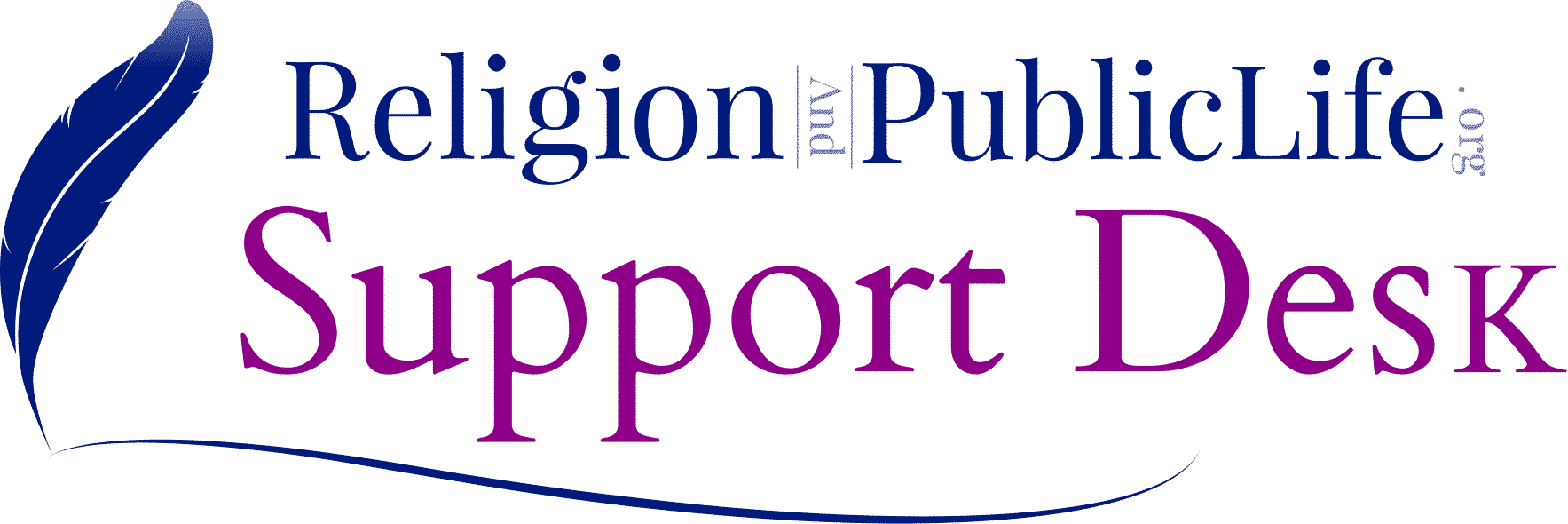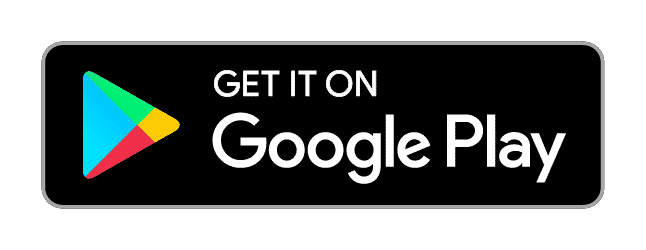Measure Religious Literacy Outcomes
As religious literacy educators, we use the KSAM method to measure the impact of four religious literacy outcomes: Knowledge, Skills, Attitudes, and Motivations, as articulated by Nathan C. Walker, Alice W. Chan, Kate E. Soules in “Moral Imagination Community” ReligionAndPublicLife.org, July 2021.
Knowledge
Religious literacy requires the vocabulary and cultural fluency needed to understand how religion, spirituality, and nonreligion manifest in everyday life.
Skills
As a subfield of religious studies and interfaith engagement, religious literacy applies the following two civic competencies: academic research and civil dialogue.
- Academic Research: We apply research methods promoted by the American Academy of Religion to understand that religions are “internally diverse, change over time, and are embedded in all aspects of culture.” We apply research on how individuals form and reform their religious identities when manifesting different degrees of “beliefs, behaviors, and acts of belonging.”
- Civil Dialogue: We respectfully contribute to the public discourse by practicing civil dialogue when speaking about and encountering the religious other. We use our research methods to ground the public in facts while modeling how to effectively communicate in multireligious societies.
Attitudes
Religious literacy embodies the virtues of openness, curiosity, and intellectual humility. We cultivate empathy for others by seeking to understand another’s point of view, aware that understanding need not imply agreement.
Motivations
Religious literacy is an ethical pursuit. We reject the dangerous intent of learning about religion to cause another harm, whether intentionally or unintentionally.
- Do No Harm: Religious literate people first, practice nonmaleficence by promising to do no harm, and
- Do Good: second, to practice beneficence by promising to do good.
We take shared responsibility for defending the inalienable rights of people of all religions and none.
Nate Walker is the author of this solution article.
Did you find it helpful? Yes No




